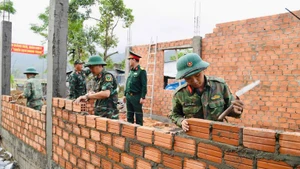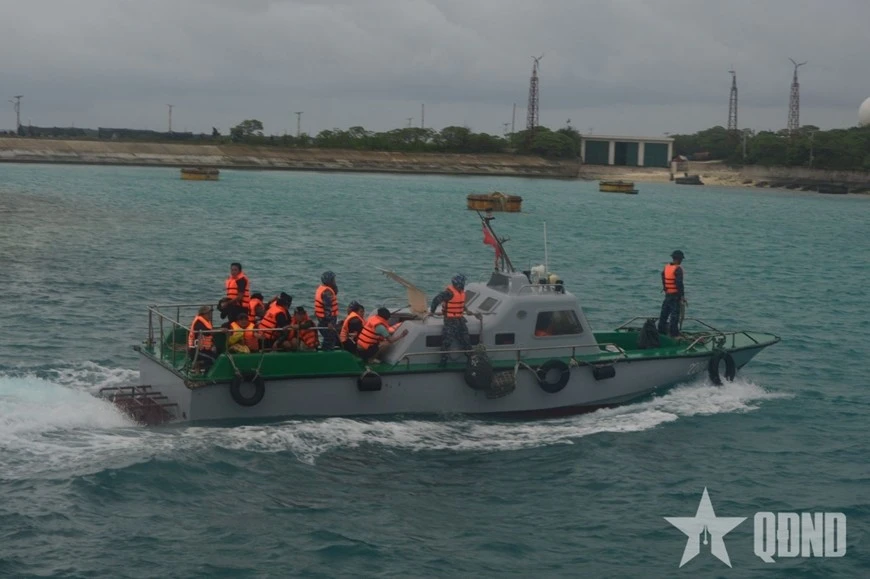According to Lam Thi Thanh Phuong, Envoy at the Vietnamese Embassy in Japan, the embassy has contacted associations of Vietnamese in the quake-affected areas to get updated on the situation of the Vietnamese community there.
The embassy will keep in touch with those associations and Japanese competent agencies to get more information and take citizen protection measures when necessary, she said.
The quake, which was also felt in Tokyo, struck at around 11:07 p.m., according to the Japan Meteorological Agency. The epicenter was off the coast of Fukushima, about 220 kilometers (135 miles) north of Tokyo. Its focus was estimated to be at a depth of about 55 kilometers.
No tsunami warning was issued, but the earthquake was the strongest to hit the region since April 7, 2011, the agency said.
The quake’s aftermaths could also be felt in other localities like Iwate, Tochigi, Aomori, Yamagata, Akita, Gunma, Chiba, Saitama, Kanagawa.
The agency said the earthquake was believed to be an aftershock of the massive quake on March 11, 2011.
Japan's NHK television channel cited fire department officials in northeastern Japan as saying that at least 80 people have been injured in Miyagi and Fukushima prefectures due to the earthquake. However, the injuries are not life threatening.
Nationwide, at least 950,000 homes temporarily lost power, but that was mostly resolved as of February 14 morning, the Japantimes reported.
Prime Minister Yoshihide Suga said during a meeting of Cabinet ministers on February 14 morning that no deaths had been reported in the quake, but urged vigilance amid the prospect of continued aftershocks up to a strong 6 on the Japanese scale.
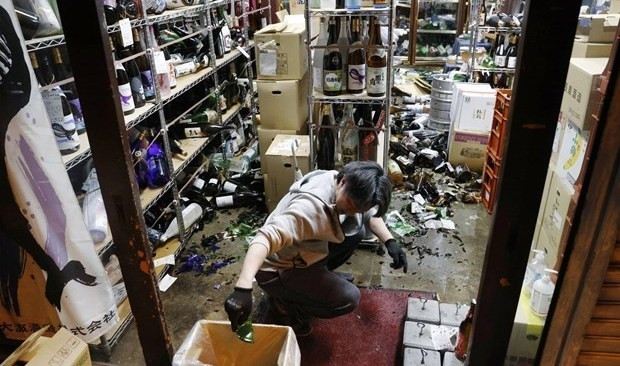


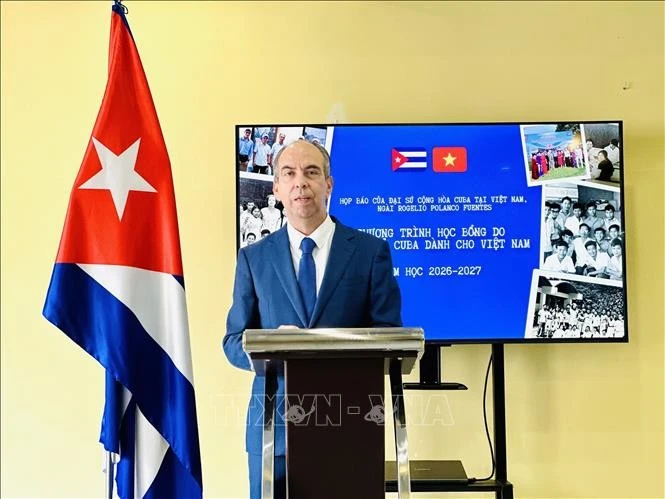
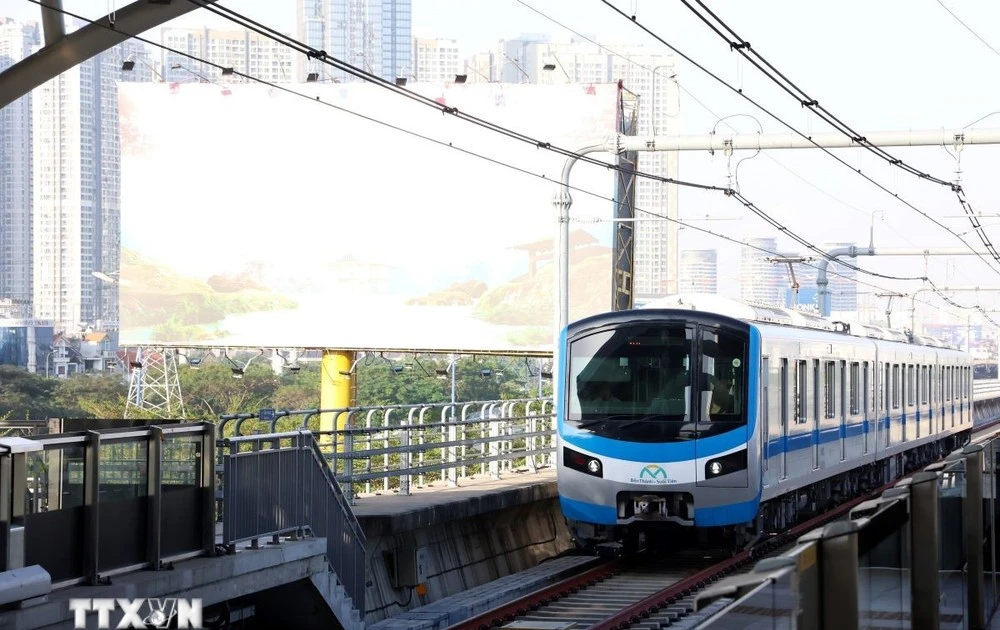
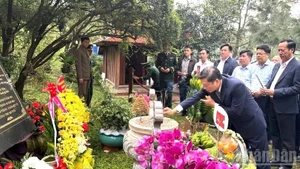
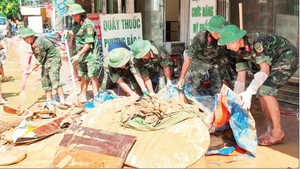




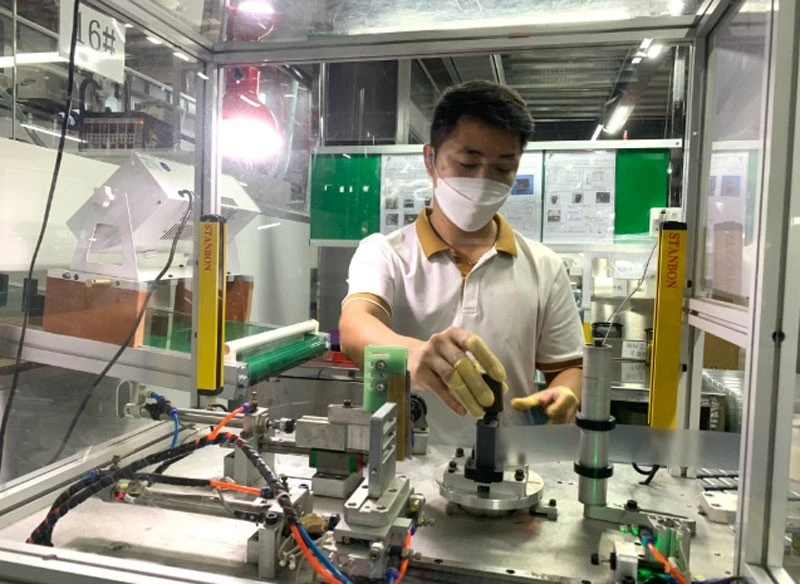

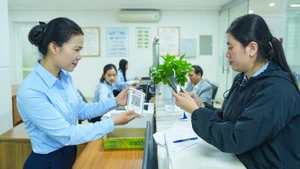
![[In Pictures] Nhan Dan Newspaper and Coteccons launch the Building Tet 2026 Programme](https://en-cdn.nhandan.vn/images/5992a12dd6e78b9bfb434962ff18307331f51c4c3a3e5fcfcd42f0234766d9c45840b0c6e06f3d50c1b8ba0f0abda1a6b665eff40edce9ec48a5692486f5a3ef/201225-xay-12.jpg.webp)
